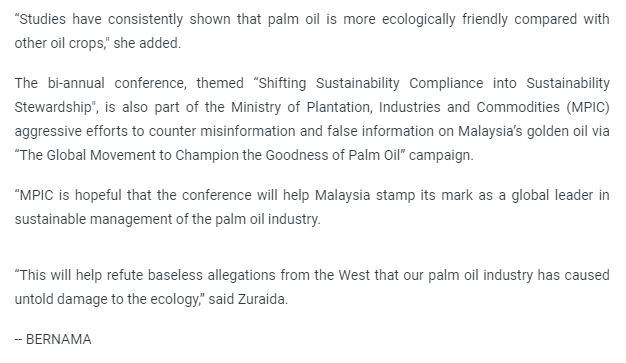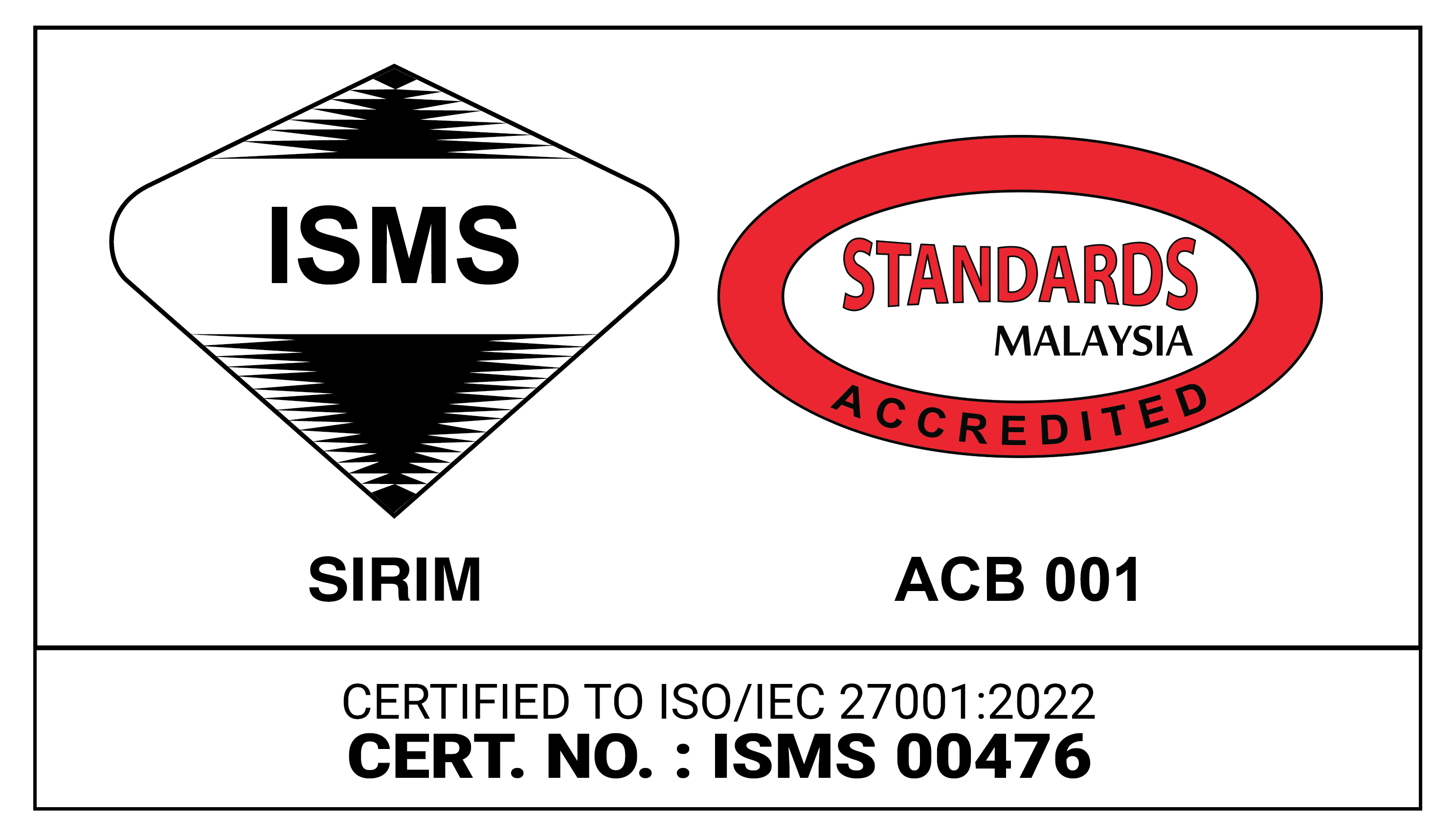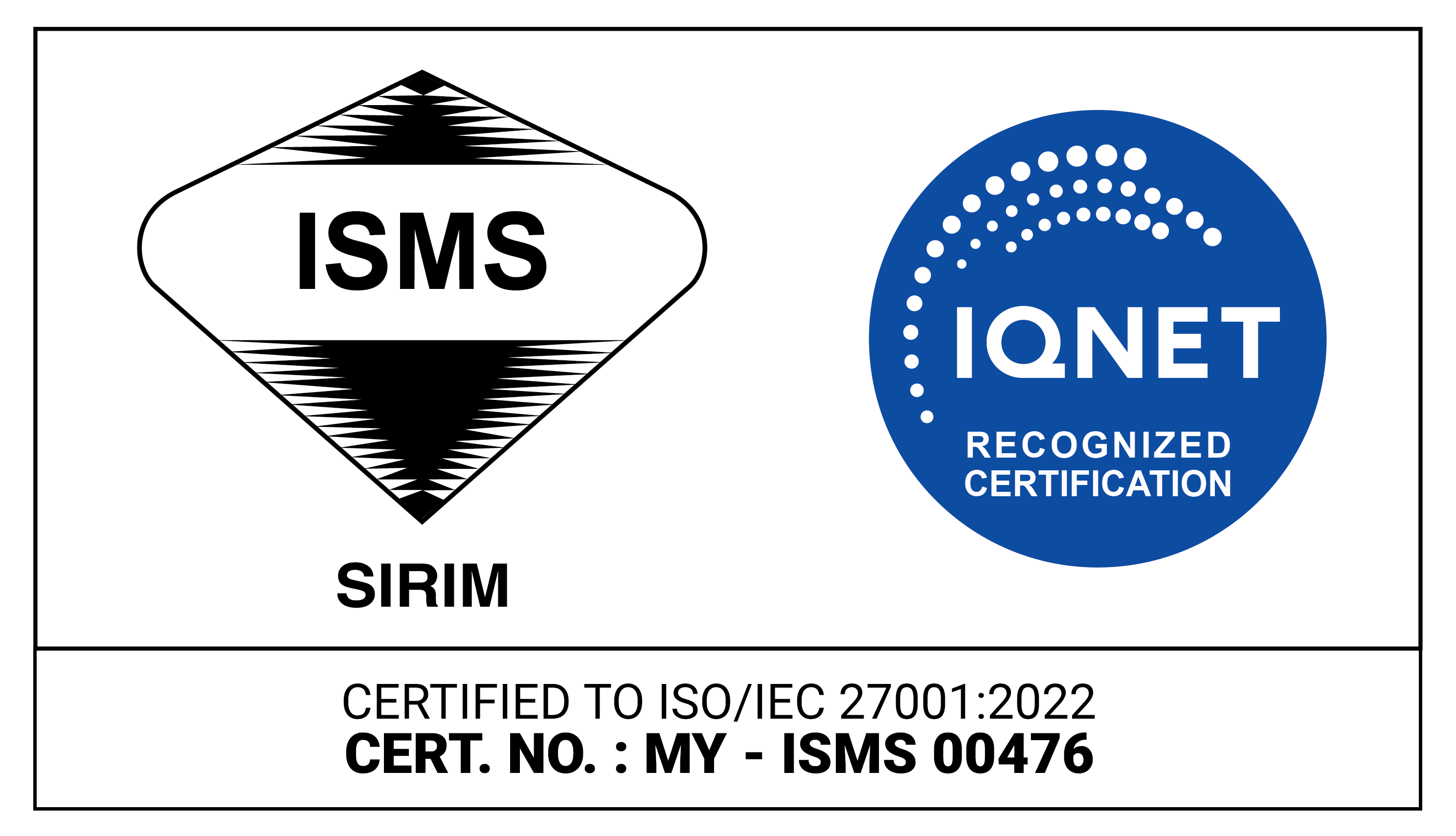The time is now right to again raise the issues of rubber planters, which were not fully addressed in the 2022 Budget and 12th Malaysia Plan (12MP).
It is also the opportune time because the prime minister himself went through life as the son of a rubber tapper. He understands better the kind of hardship faced by a rubber tapper's family. The situation has not changed much since then.
The government did try to bring change by creating agencies like the Federal Land Development Authority (Felda) and Federal Land Consolidation and Rehabilitation Authority (Felcra).
Rubber, however, is no longer a priority of both agencies. They have since moved away from planting rubber to oil palm because of economic reasons.
But, we need to diversify our crops as part of economic risk management strategy. Furthermore, there are many areas in the country, especially those that experience long dry periods, which are not optimal for oil palm cultivation.
Apart from the northern states, there are many parts of the country with the right microclimate for growing rubber trees. Add to that the fact that the global demand for natural rubber is forever strong, it would be foolish to ignore this potential.
We are also not short of experience in growing the crop. Though we have now been pushed down to No. 8 in world rubber production, we are still among the leaders in total value generated.
The value of our rubber-based downstream sector has chalked up impressive performance for the economy. The prominent ones include glove-making, specialised engineering rubber products and the export of rubberwood furniture.
Total gross domestic product for rubber has exceeded RM40 billion. The government does have a plan to sustain the rubber industry, but implementing the plan is a challenge.
We now in actual fact have one million hectares of land being planted with rubber trees. But, because of poor prices, less than half of the trees are being tapped. The poor availability of labour is another reason for the low exploitation.
As a result, we have seen steep decline in annual production. The latest we hear is that production has dipped below 600,000 tonnes. If we were to tap all one million hectares of rubber plantation, we can easily produce 1.5 million tonnes of rubber a year, assuming an average yield of 1,500kg/ha/year, which many say is not difficult to achieve.
There is also concern that most of the rubber holdings are small, averaging two to three hectares per owner. And this is made worse by the fact that 60 per cent of the owners are part-time farmers. They do not tap whenever the price is low and are not fully committed to producing rubber.
The raw rubber produced are mainly poor quality cup lumps, where latex is left to coagulate in the collection cups. There is very little latex concentrate as a result. And the concentrate is what's required by the glove business.
As a result, two things may happen. One, the country has to import latex concentrate from Thailand or Vietnam. Two, the glove producers will switch to synthetic nitrile, therefore denying the market for natural rubber.
The way to improve is to revamp the entire governance system for the industry. There is no doubt that technology is at the core of the solution.
Smallholders must use the latest technology in planting materials and agronomic management to improve productivity. Smallholder-friendly technology should be used in the processing of latex into concentrated blocks of rubber.
Technology development and transfer should be in the hands of the experts at the Malaysia Rubber Board (MRB), and not a part-time vocation of other agencies.
MRB should take back that role from the Rubber Industry Smallholders Development Authority (Risda), which has turned its focus on cultivating palm oil.
MRB should not only be the custodian for all rubber research and development (R&D), but also venture into the downstream business to add value to the smallholders' produce.
In fact, MRB should be turned into a business corporation to manage the one million hectares of rubber plantation in the country. That way, R&D at MRB will be truly business-driven.
I suggest we make MRB a full-fledged Malaysian Rubber Corporation to lead the nation's revival of the rubber industry. Otherwise, it will not be long before the industry heads for the sunset.
https://www.nst.com.my/opinion/columnists/2021/11/742186/revive-industry-turn-malaysian-rubber-board-corporation
Sumber: New Straits Times









